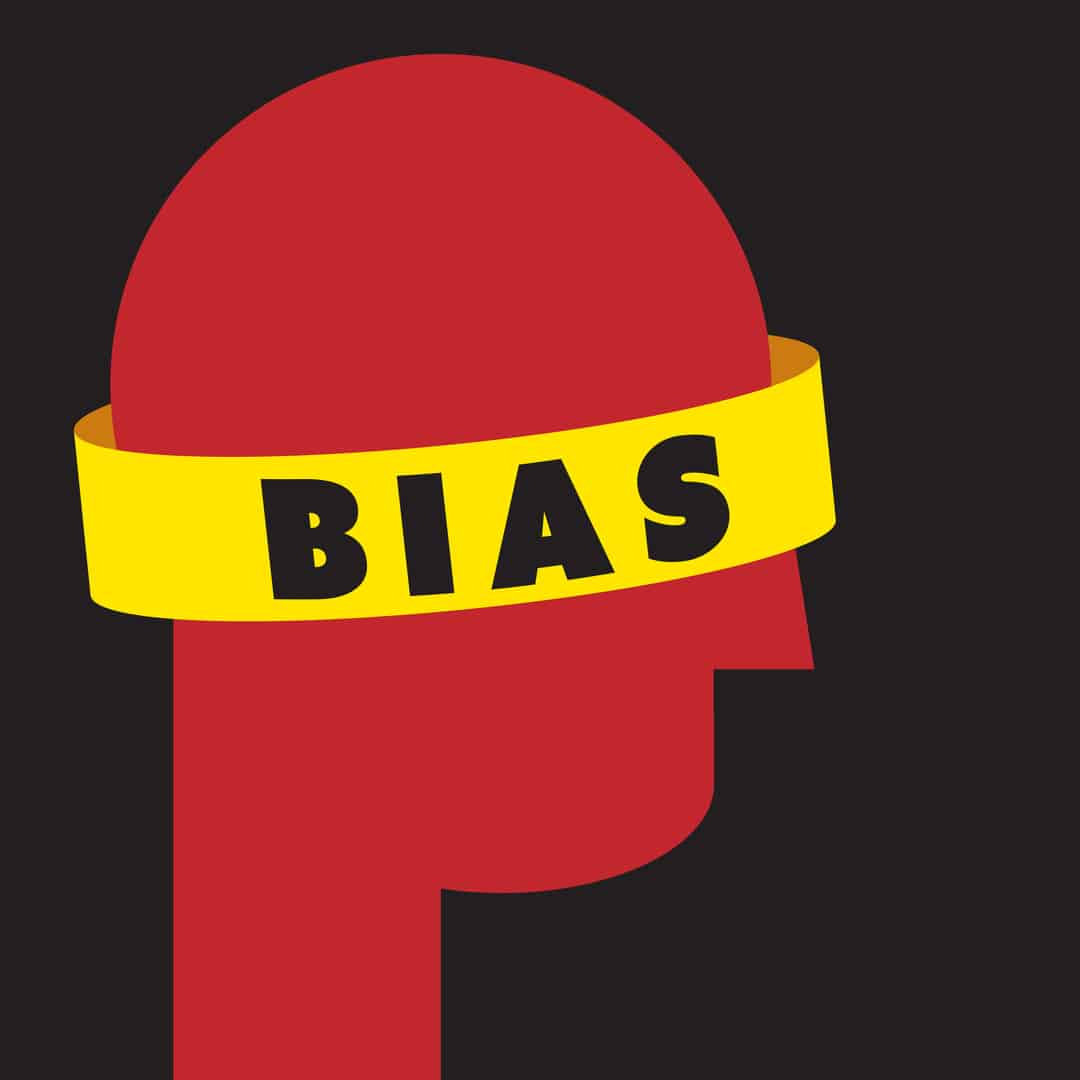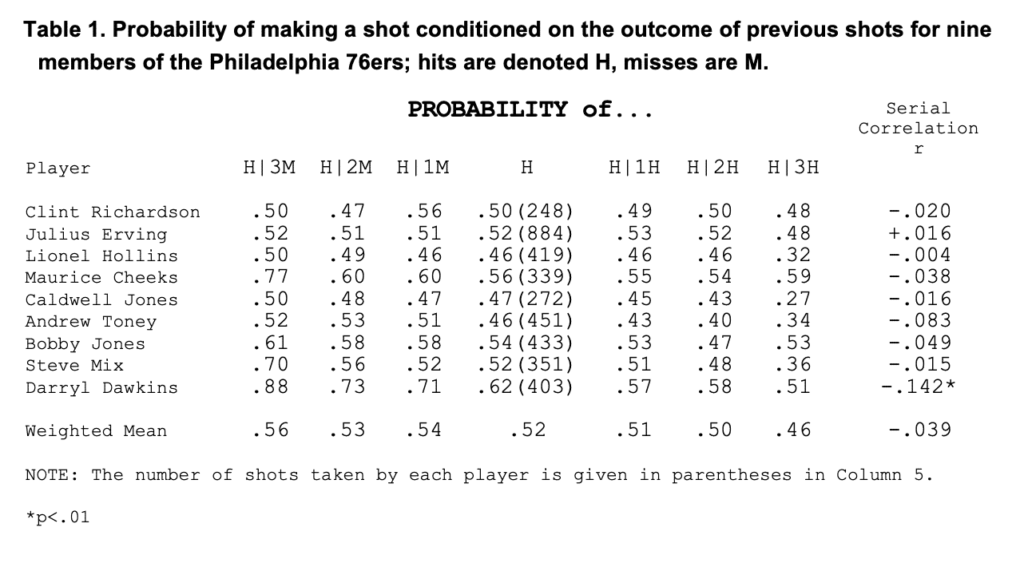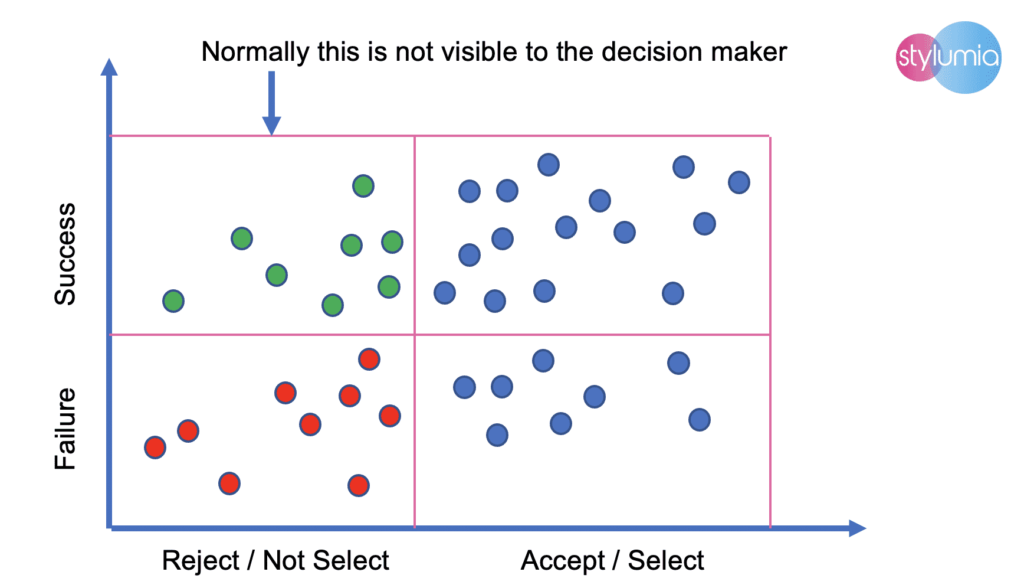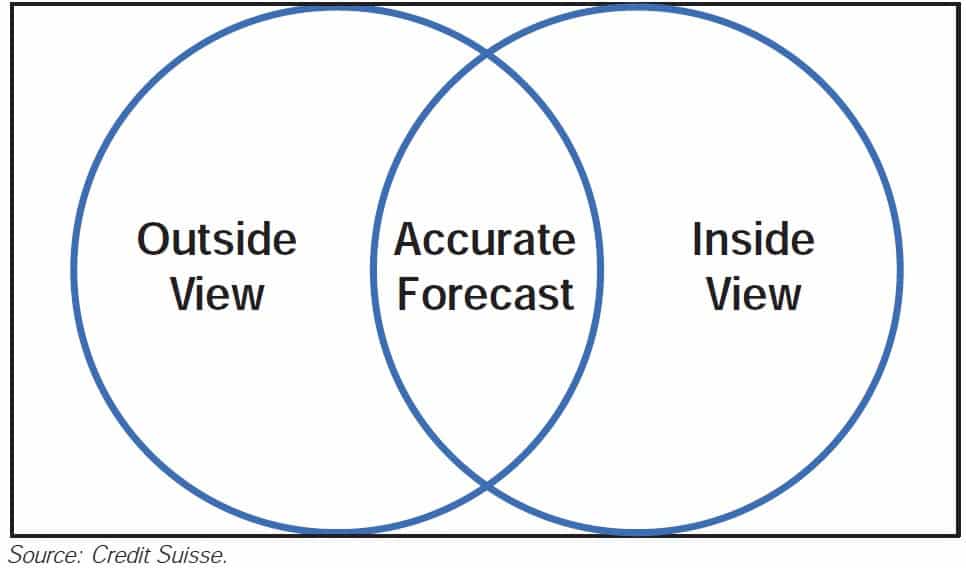How Cognitive Biases Impact Fashion Inventory Optimization

Fashion inventory optimization is critical to whether a brand or retailer perishes or thrives. Fashion business needs a good amount of judgment. With aesthetic play and constant change, the intensity of judgements is higher than relatively stable product groups.
Over 50% of products made globally are rejected by consumers. This is creating a huge economic and environmental impact.
It is important to get to the root of why this is happening, for us to find new ways of decision making.
Thomas Dashiff Gilovich has conducted a lot of research on decision-making, behavioral economics, and social psychology. He is the Irene Blecker Rosenfeld Professor of Psychology at Cornell University. A peek into his research gives us some pathway to a new context to decision making, in particular Fashion Inventory Optimization. You may check out the article “Why experts are bad at prediction?” a while back where one of the biases credited to Nobel Prize winner Daniel Kahneman.
Real World Biases
We will look a select few real-world biases to deeply understand them and also why they occur.
Hot & Cold Hand In Basketball
It is a common belief in basketball circles that after making a couple of shots, players are thought to be become relaxed, to feel confident, and to “get in the groove” such that the subsequent success becomes more likely. In contrast, after missing several shots, a player is considered “gone cold” and is thought to become tense, hesitant, and less likely to make the next few shots.

The belief in the hot hand is one version of
“Success breeds success” or
“Failure breeds failure”
The Cold Facts About The Hot Hand In Basketball
The only way science can prove a hypothesis is to convert them into a testable one. That is what the researchers did by taking the shooting records of the Philadelphia 76ers.
The researchers asked basketball fans about their view of the hot and cold hand. The fans’ responses indicated “91% thought the player has a better chance of making a shot after having made his last two or three shots than he does after just missed his last two or three shots”. In fact, when presented with a hypothetical player who makes 50% of his shots, they estimated that his shooting percentage would be 61% “after having just made a shot”, and 42% “after having just missed a shot”. Also, 84% of respondents thought that “it is important to pass the ball to someone who has just made several shots in a row”.
The researchers analyzed the data to determine whether players’ hits tended to cluster together more than one would expect by chance.

Contrary to the expectations expressed by the sample of fans (expert knowledgeable fans), players were not more likely to make a shot after missing their last one, two or three shots. In fact there was a slight tendency for players to shoot better after missing their last shot. They made 51% of their shots after making their previous shot, compared to 54% after missing their previous shot. 50% after making their previous two shots compared to 53% after missing their previous two; 46% after making three in a row and 56% after missing three in a row.
These data completely contradict the notion of the expert fans that “success breeds success” in basketball and that hits tend to follow hits and misses tend to follow misses.
Why Do People Believe Otherwise?
There are two explanations,
- The tendency for people’s preconceptions like “confidence affects performance”. This impacts their interpretation of reality. These are beliefs we carry.
- Psychologists have found out that people have faulty notions about how a chance sequence looks like. For example people expect chance sequences like coin flip to generate alternating head and tail. In reality the chance sequences like coin flip will look like this (generated for 20 flips)

Streaks of two, three and four do occur in random sequences. What that means is even an average basketball player may show at times streak shots.
The mistake made by players and fans lies in how they interpret what they see.
This is also called “Clustering Illusion”. The world illusion is used because it can not be removed by repeated examination. One such optical illusion in the physical world is St. Louis Arch. It looks taller than its base while the height and the width are the same. The illusion is created by the narrow design at the top. No amount of repeated looks will solve this unless one measures.

In effect, the clustering illusion comes out of over-generalization. In other words, as Daniel Kahneman calls it Judgement by representativeness. Some forms of this include,
All else being equal, “bigger” effects require “bigger” causes. Complex effects come from complex causes etc. It is the overapplication of generalization gets us into trouble.
Not all startups are prototypical
Some big effects (e.g., an epidemic) have humble causes (e.g., a virus)
Some complex effects (e.g., the alteration of climate conditions) can come from simple causes (e.g., way we make fashion, introduction of single pesticide).
One question to ask can be what are the simple causes that contribute to poor fashion inventory optimization? We will return to this soon.
Too Much Inference From Too Little Evidence
“I know someone who did this”
“You see this all the time”
“I have seen it happen”
These are statements you hear in support of someone’s beliefs. There is a willingness to base conclusions on incomplete and unrepresentative information. Research has proved that we look for positive or affirmative information to the belief first. There is an intuition that positive instances are somehow more informative than disconfirmations.
To illustrate this, in any decision making, including fashion selection, most of the intuitions come from the data on the top right-hand corner of the quadrant chart.

In order for us to do justice to the decision and learning, we need to look at what we did not select and their outcomes too. This information is not part of our data and decision structure. Many fashion brands and retailers only look at their own data and take decisions that hide a lot of information that otherwise their consumers have. An outside-in lens combined with an inside-out can be a compelling new practice to the decision making process.
This leads us to find out what does it take to minimise biases in fashion inventory optimization.
Minimizing Biases in Fashion Inventory Optimization
With the background of the biases above, they occur when we take decisions with
- Personal beliefs which are not anchored in data
- Misunderstanding the chance sequence in which random events occur
- Not taking adequate data into account while taking key decisions (too much from too little)
If you are looking for the availability of information for fashion assortment decisions, there are plenty. But the question is, the information available for eg. fashion forecasts, trend reports, color forecasts, etc are all mostly a function of expertise, random observations, and expert generalization. They lack true validation with the consumer lens. In fact, what is missing is a “filter”.
Combined with this is the follow the herd perspective, making a lot of brands and retailers doing the same. This is a vicious cycle which creating an adverse impact on the industry for decades. The outcome is clearly visible in the form of oversupply and undersupply.
We at Stylumia have seen through data that a lot of notions are ill-informed for e.g.,
- Who leads fashion trends Luxury or Fast fashion?
- Color forecasts work as is
- Approach to forming clusters of stores/products
- Textual Attributes of fashion help us understand the demand pattern fully
- Fashion forecast accuracy is proportional to teh age of the company that gives it (entitlement of longeivity of the source)
A new way had to be discovered. This is what we at Stylumia have been at for over 4 years. We bring in the “True Demand“ perspective across category trends, attribute trends in an all-new way using one of its kind proprietary “Demand Science®“.

This unique approach minimizes the bias from random subjective sources, and expands the data horizon beyond your own data, and get the merit of learning from the “red” and “green” in the quadrant chart above. This also minimizes the impact of “self-fulfilling prophesy”.
There is so much to impact in the world of fashion and lifestyle. We are extremely motivated by innovating continuously, partnering with all our clients including the Fortune 100.
The proof is always in the impact on the ground. Check these customer voices of transformation on success rates tripling (300%). Stylumia Customer Voice 1, Stylumia Customer Voice 2, Stylumia Customer Voice 3
We would leave you with few questions.
- Isn’t time to reduce wastage coming out of biases?
- Isn’t time to re-invent the way to research, plan, buy, and allocate fashion and lifestyle merchandise?
- Is this time to unleash precious resources by minimising ill-informed decision making?
- Isn’t time to try a new way of fashion forecasting, merchandise planning, buying, and allocation?



